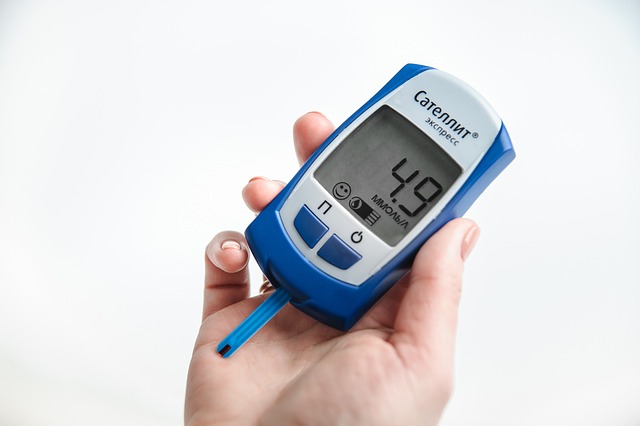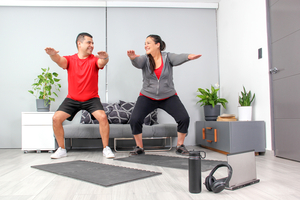What is is my A1C if I'm Prediabetic?
In prediabetes, your blood sugar is higher than normal, but still lower than in diabetes. Your doctor may tell you that you have prediabetes if you have:
- Glycated hemoglobin (A1c) of 5.7 to 6.4%.
While you have some insulin resistance, your body is still producing and responding to insulin – and that's great news. It means you can put together a nutritious plan that follows pre-diabetic diet recommendations, and expect better health.
Do I Have Prediabetes?
The only way to know for sure if you have prediabetes is to get a blood test to determine your A1C or fasting blood sugar. Still, there are many tests you can take online to check your risk. Check your risk with Lark here.
The following topics can affect your diabetes risk:
- Your family history.
- Whether you have ever been diagnosed with high blood pressure.
- Your age.
- Your race/ethnicity.
- Whether you are physically active.
- Whether you are a man or a woman, and, if you are a woman, whether you have been diagnosed with gestational diabetes.
- Your height and weight, used to calculate your body mass index (BMI).
Who Is at Risk for Prediabetes?
You may be at risk for prediabetes if you have one or more of the following risk factors.
- Obesity.
- Lack of physical activity.
- Low HDL ("good") cholesterol under 35 mg/dL.
- High triglycerides over 250 mg/dL.
- Blood pressure over 140/90 mmHg or being treated for hypertension.
- Being of a certain high-risk ethnic group, such as Hispanic/Latino, Asian American, African American, American Indian, Alaska Native, or Pacific Islander American.
- Having a family history of diabetes.
- Having had gestational diabetes or had a baby weighing over 9 lb. at birth.
Obesity, or excess body fat, is a significant risk factor for diabetes. It is usually assessed using body mass index, which accounts for your height and weight. You can use a BMI chart to find your BMI.
For most people, a BMI greater than or equal to 25 kg/m2 is considered to be a risk factor for type 2 diabetes. However. Asian Americans are considered to be at risk with a BMI of at least 23 kg/m2, while Pacific Islanders are not considered at higher risk until the BMI reaches at least 26 kg/m2.
For example, if you are 5'3" tall and African American, your BMI would not put you at risk until you reached a weight of 141 lb. or more (that is the weight corresponding to a BMI of 25). You would be considered at risk at a weight of 130 or more lb. (BMI of at least 23) if you were Asian American, and you would be considered at risk with a weight of 146 lb. or more (a BMI of at least 26) if you were a Pacific Islander.
You are also at risk for prediabetes if you have low physical activity levels. Exercise increases insulin sensitivity so that the working muscles can take up more glucose from the bloodstream to use it as fuel for exercise. Exercise also helps control body weight, to reduce extra body fat.












.webp)






